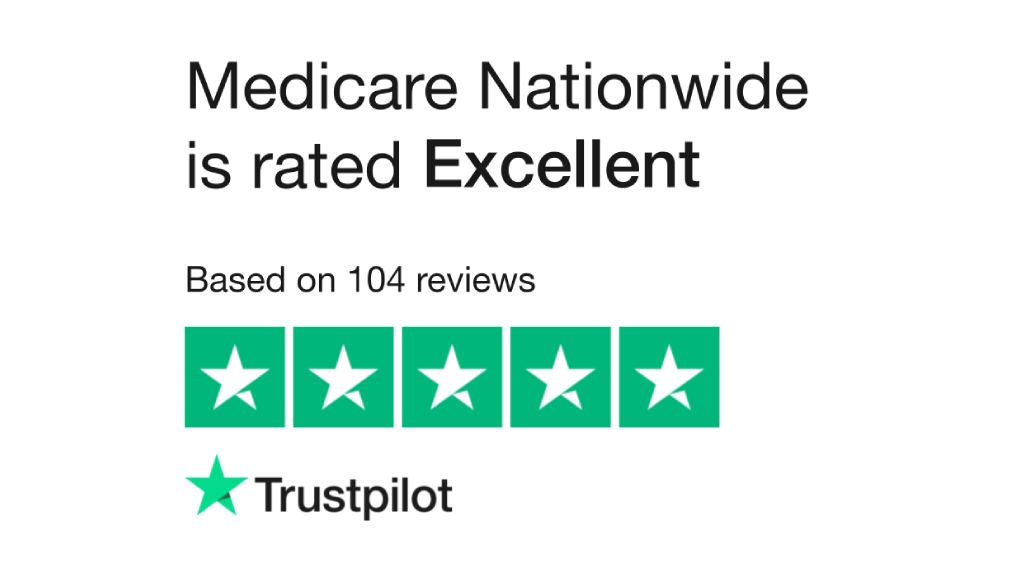🚨BREAKING NEWS: HCSC Acquires Cigna in Major Healthcare
The healthcare industry is buzzing with the recent news of Health Care Service Corporation (HCSC) taking over Cigna. This significant acquisition has far-reaching implications for policyholders, employees, and the healthcare market as a whole.
The Cigna Group has announced an agreement to sell its Medicare Advantage, Cigna Supplemental Benefits, and Medicare Part D businesses to the Health Care Service Corporation (HCSC). Health Care Service Corporation (HCSC) recently made a big decision to buy Cigna, a major health insurance company. This means HCSC will now be even bigger in the health insurance world. By buying Cigna, HCSC aims to provide a wider range of healthcare options and choices to people across the country. This could mean more doctors and hospitals to choose from, and maybe even new ways to stay healthy. It’s a big change that might help a lot of people get the healthcare they need.
Cigna, a leading health service company, offers several Medicare Supplement Plans that are designed to fill the gaps left by traditional Medicare. In this article, we will delve deep into three of Cigna’s offerings: Plan F, Plan G, and Plan N, discussing their coverage details, differences, and how to choose the best plan according to individual needs. This analysis is particularly vital in evaluating “Cigna’s Plan Impact” and “Cigna’s Plan Impact on Medicare Beneficiaries.”
Overview of Medicare Supplement Plans by Cigna
Medicare Supplement Plans, also known as Medigap, are policies that work alongside Medicare Parts A and B to cover costs like copayments, deductibles, and health care if you travel outside the U.S. Cigna’s Medicare Supplement Plans F, G, and N are designed to offer increasing levels of coverage, allowing beneficiaries to select a plan that best suits their healthcare and financial needs.
Cigna Plan Impact Medicare Supplement
Plan F is often considered the most comprehensive of all Medicare Supplement Plans offered by Cigna. It covers all deductibles for Medicare Parts A and B, as well as copayments and coinsurance that Medicare requires. Additionally, Plan F covers the Part B excess charges, which are costs that might accrue if a doctor charges more than what Medicare approves. This plan is an excellent choice for beneficiaries who desire a predictable medical spending pattern and seek peace of mind knowing that most of their medical expenses will be covered.
Key Coverage Points of Plan F:
- Part A and B deductibles are fully covered.
- Part B excess charges covered.
- Foreign travel emergency health care.
Cigna Medicare Supplement Plan G
Plan G is similar to Plan F but with one significant difference: it does not cover the Medicare Part B deductible. Once the deductible is met, Plan G provides coverage similar to Plan F, including 100% of Part B excess charges. This plan is a popular choice among new Medicare enrollees as it often has a lower premium than Plan F and still offers comprehensive coverage.
Key Coverage Points of Cigna’s Plan Plan G:
- Part A deductible and copayments/coinsurance covered.
- Part B excess charges are fully covered after the Part B deductible is met.
- Foreign travel emergency care coverage.
Cigna Medicare Supplement Plan N
Plan N is a cost-effective alternative for those who are willing to pay a part of their outpatient expenses. Under Plan N, the Medicare Part B deductible is not covered, and copayments of up to $20 for some office visits and up to $50 for emergency room visits that don’t result in an inpatient admission are required. However, it covers 100% of the Part B coinsurance costs for other medical services. This plan is suitable for beneficiaries who are looking for lower premium costs but are comfortable handling minor out-of-pocket expenses.
Key Coverage Points of Plan N:
- Part A deductible and copayments/coinsurance for hospitalization covered.
- Copayments for office visits and ER visits.
- Lower premiums with minor out-of-pocket costs for outpatient services.
Choosing the Right Cigna Medicare Supplement Plan
When deciding between Cigna’s Plan Medicare Supplement Plans, beneficiaries should consider several factors, including their current health status, their financial ability to pay out-of-pocket expenses, and their comfort level with potential future healthcare needs. Here are some guidelines to help in the decision-making process:
- Evaluate your healthcare needs: Consider how often you visit healthcare providers, your current health issues, and potential future needs.
- Consider your financial situation: Analyze your financial resources and decide how much you can afford to spend on premiums and out-of-pocket medical costs.
- Understand the benefits of each plan: Review what each plan covers and what it doesn’t. Factor in the likelihood of needing covered services.
Conclusion
Cigna Medicare Supplement Plans offer varied levels of coverage that cater to the diverse needs of Medicare beneficiaries. Whether you are looking for comprehensive coverage with a higher premium or a plan with lower premiums and manageable out-of-pocket costs, Cigna provides options that can be tailored to your healthcare needs and financial situation. Understanding “Cigna’s Plan Impact” on Medicare beneficiaries is crucial in making an informed choice that ensures peace of mind and financial stability in handling health care expenses. Feel free to reach out to our reliable representatives for further information regarding Medicare Supplement Insurance Plans directly by dialing 1-888-559-0103.


